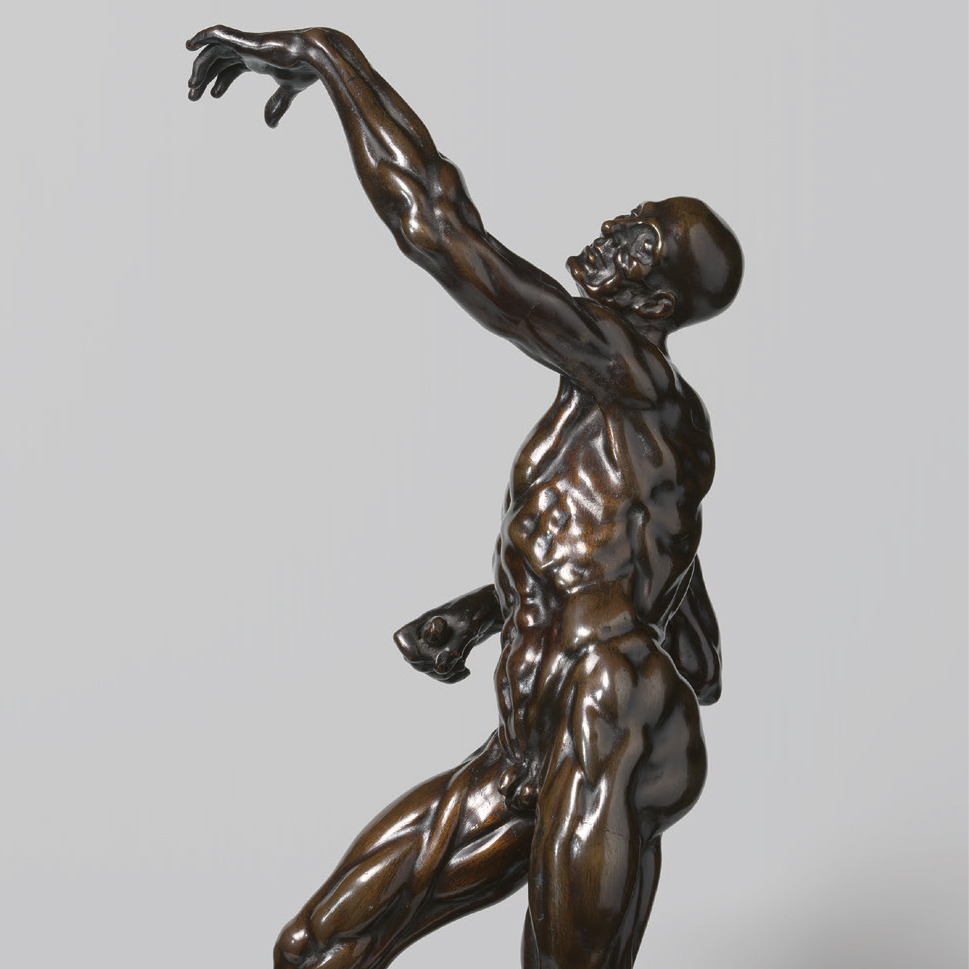‘Why are you stripping me from myself?’
Willem van Tetrode’s Écorché and its Nachleben
DOI:
https://doi.org/10.52476/trb.24710Abstract
In 2023, the Rijksmuseum acquired a bronze écorché attributed to Willem van Tetrode (1525-1580). The sculpture is considered the finest of the five known casts of this flayed figure. Tetrode probably conceived it during his stay in Florence and Rome circa 1562-67. This period is marked by a growing fascination among artists with the study of human anatomy, particularly at the newly founded Accademia del Disegno in Florence. It was precisely among the fiamminghi, Netherlandish artists in Italy, that a keen interest in anatomical studies can be observed during these years. Tetrode’s model seems to be one of the earliest – if not the earliest known – examples of an active, striding écorché in sculpture. Its popularity among seventeenth-century artists in the Low Countries is reflected in plaster casts depicted in various Dutch and Flemish paintings and drawings, such as those by Rubens and Gerard van Honthorst.
Downloads







